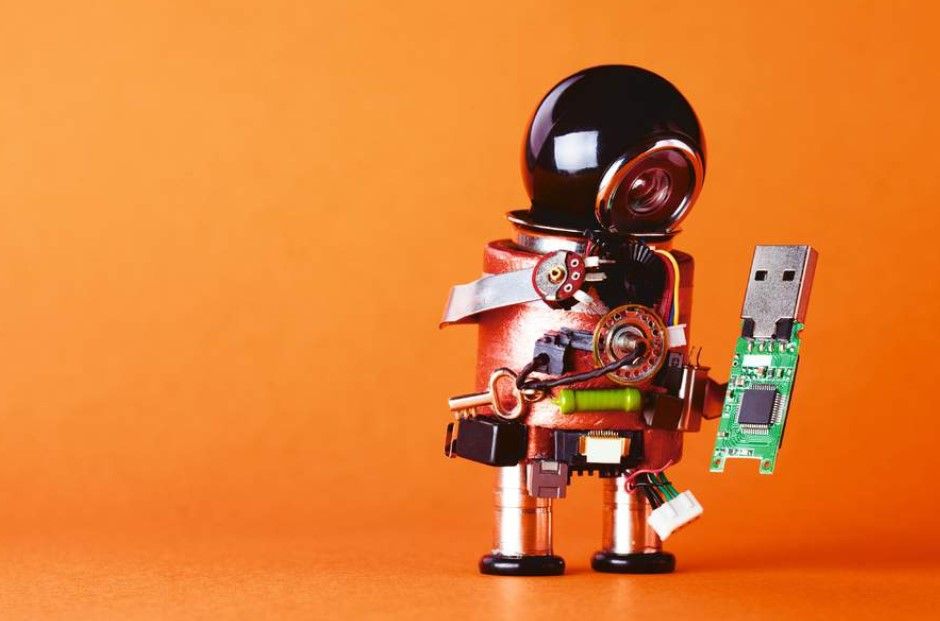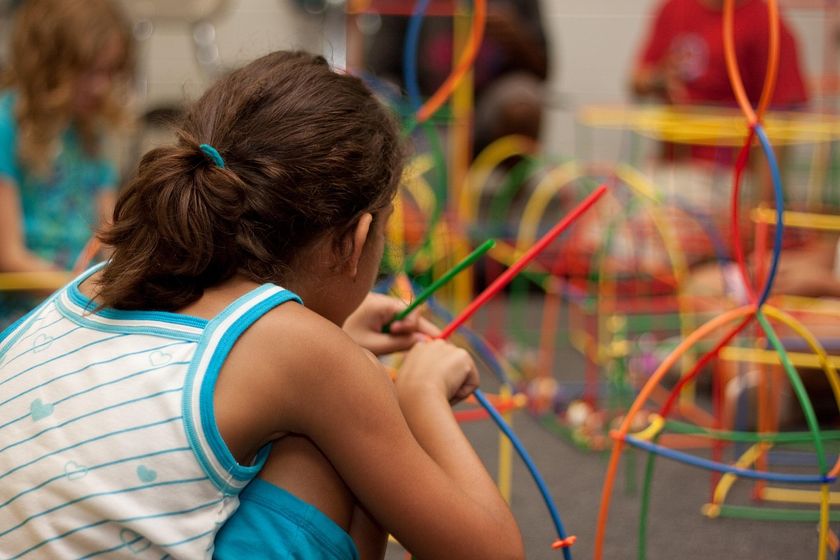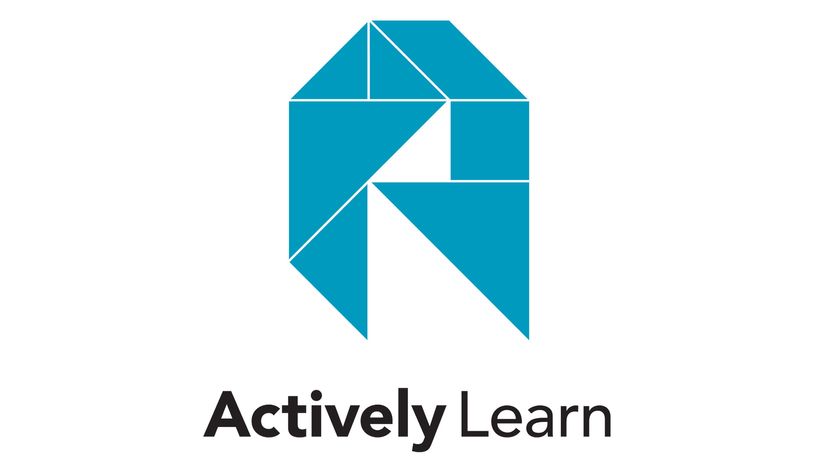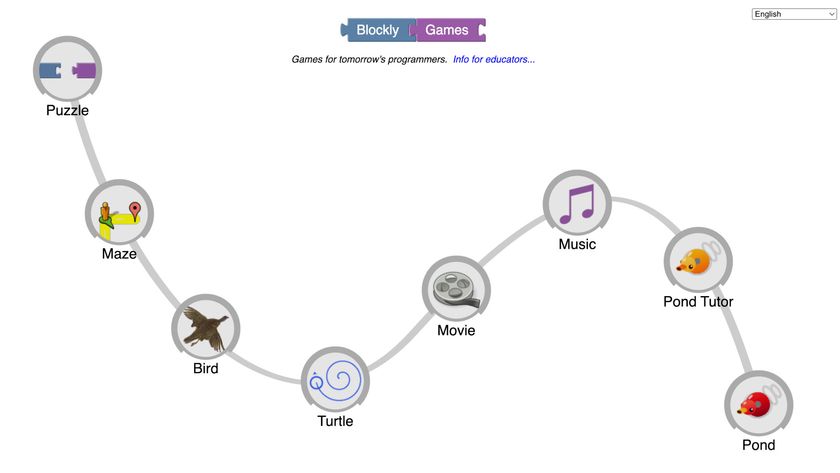3 Tips For Teaching With Robots
INNOVATIVE LEADER AWARD WINNER - Best practices for teaching with robots from an award-winning educator

Robots are a great teaching tool but sometimes they need a human touch, says Sandi Castro, the Career and Technical Education Coordinator Del Valle ISD in Texas.
Castro was honored with the Innovative CTE & STEM Director, one of Tech & Learning's Innovative Leader Awards, at the recent Regional Live Summit in New Jersey. She was recognized in part for her teaching with robots pedagogy.
Here are some of Castro’s top tips for teaching with robots.
1. Teaching With Robots: Make Sure Robots Are Developmentally Appropriate

Castro majored in early childhood education after becoming fascinated with the developing mind while spending time babysitting her young nephew. Consequently, making sure all teaching tools are developmentally appropriate is near and dear to her heart. Too often school districts don’t pay attention to grade level and their students’ cognitive skills when they deploy robots to classrooms, she says.
“Just giving this teacher this robot because it looks like it would be good for kindergarten or pre-K, but not really looking at how the robot works, and if the kids would be ready for something like that. That's, to me, the biggest mistake that we all make,” Castro says.
2. Get Creative With Robot Curriculum
While many robotics kits advertise accompanying curriculum, Castro says these don’t often pass the bar of what she would consider a true curriculum.
“Some robot curriculum comes in, it's just solutions to task. It's just a task card with a solution,” she says. “That doesn't really give anybody the opportunity to think outside the box, right? So in a time when there's so much standardized testing, all these high stakes assessments that require a right and wrong answer, we're losing the creativity.”
To avoid this, Castro designs her own curricula that emphasizes student voice and choice. For example, in one recent English-themed robotics lesson, she had students use the robots to drive to specific words in a vocabulary exercise. Because students were encouraged to be active as part of the lesson, they ended up expanding its scope. “I only wanted them to drive the robot to each word, but they recorded their voices and the robot would actually read the sentence as it drove to the different spots,” she says.
3. Learn From Students
Castro says one of the best parts of teaching with robotics is how students do the unexpected with the tools and will get more from one than most teachers.
“I just had to know the basics,” she says. “How to turn it on and off, and basic troubleshooting. I’d show them how to use it appropriately and safely, and then just let it go and they taught me so much more. I didn't know our robot could do all the things that it could do, but they figured it out.”
This ties to her overall philosophy that teachers should be lifelong learners. “As an educator, we're supposed to be constantly growing and learning,” she says. “Every year is different, but I could use lessons that I've learned working with these students or these adults, and apply it here because I have all of this experience, and I've learned from all of the things I've done. It’s so important to be reflective.”
Tech & Learning Newsletter
Tools and ideas to transform education. Sign up below.
Erik Ofgang is a Tech & Learning contributor. A journalist, author and educator, his work has appeared in The New York Times, the Washington Post, the Smithsonian, The Atlantic, and Associated Press. He currently teaches at Western Connecticut State University’s MFA program. While a staff writer at Connecticut Magazine he won a Society of Professional Journalism Award for his education reporting. He is interested in how humans learn and how technology can make that more effective.











